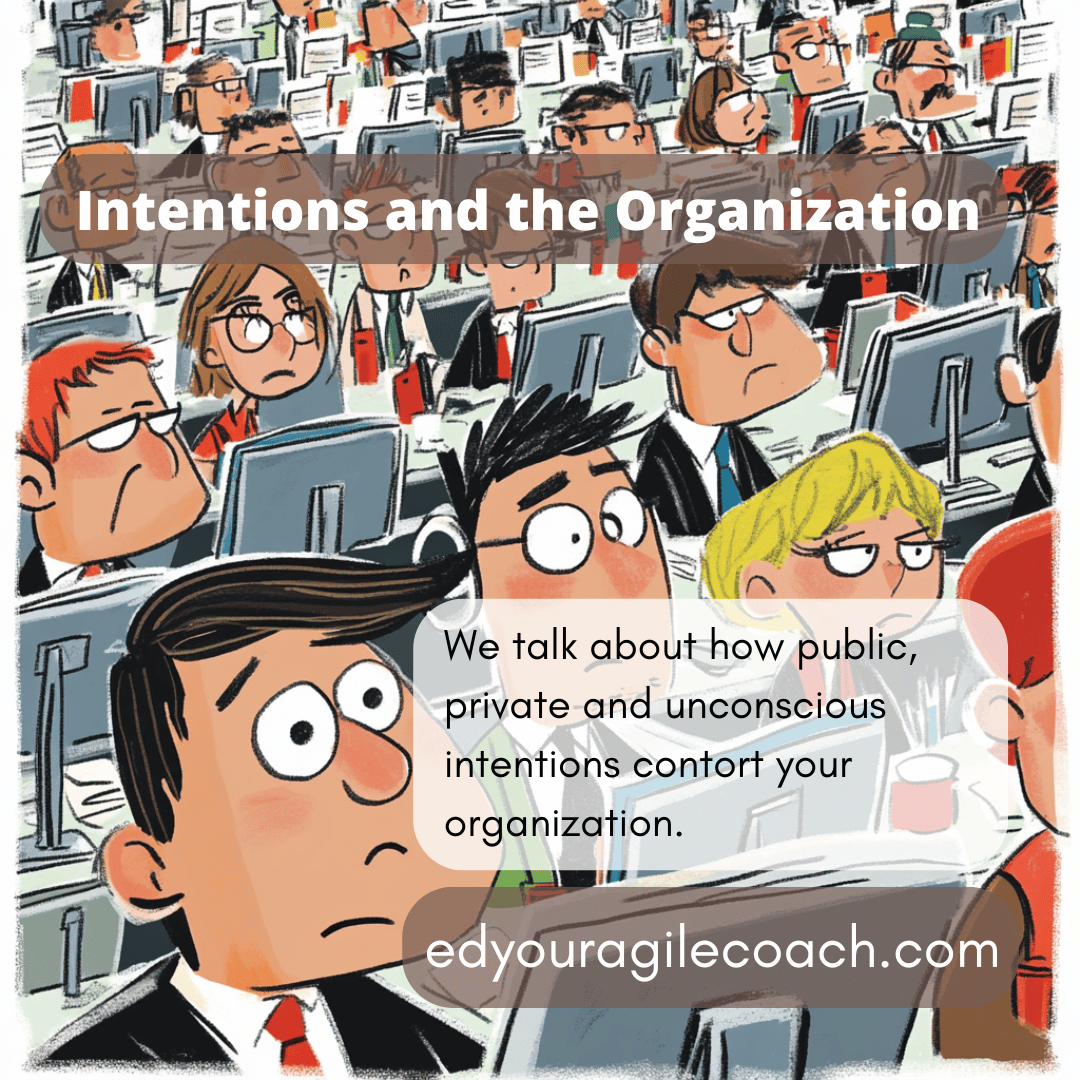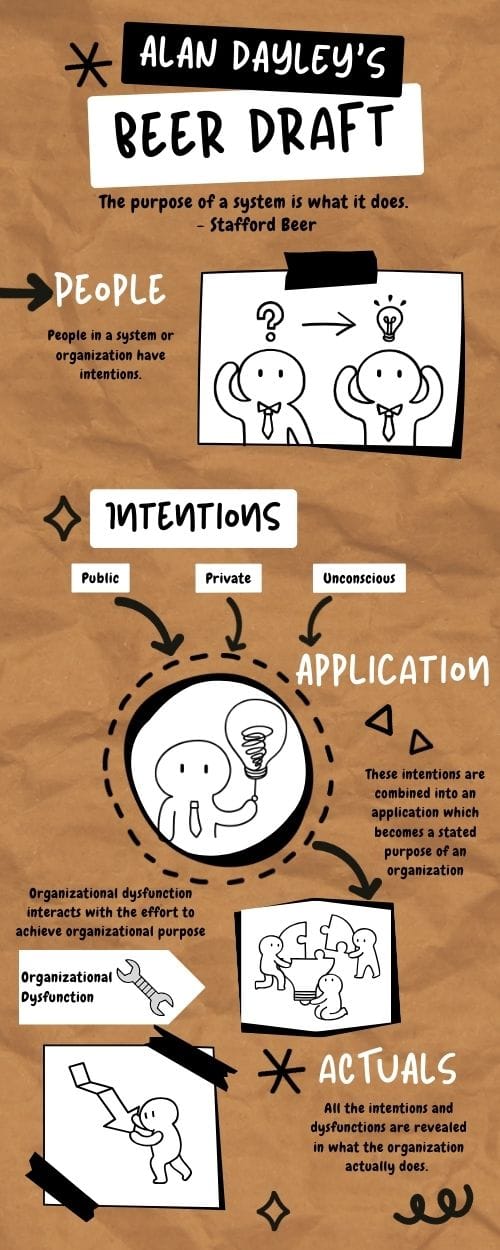Some new ideas about organizational change.

One of the positive things about social media, especially those affiliated with the Fediverse, is that it connects people unexpectedly. I defected from X when Elon Must took over and began destroying over thirty-one billion dollars. During that time, I settled into the quirky world of Masodon, where I met a collection of people from every facet of life worldwide. Many of these individuals are technical professionals who embraced federated social media as early adopters. This network taught me many valuable lessons on security, technology, and software development. It is also a great place to shout into the void when frustrated and share wisdom about Agile. Thanks to this interaction of ideas, Alan Dayley came up with an exciting way to look at organizational change, inspiring me to blog about it this week.
I am adamant about the importance of the Agile Reformation in business. Despite radical technological progress, white-collar work and its structure have resisted change for over half a century. Copy machines help reduce typing pools, and email makes the interoffice memo seem quaint. However, many managers and executives still think they can run their organization like they were in the era of "The Man in the Gray Flannel Suit." Worse are leaders who are petty tyrants who think they are disrupting business and culture with their techno-libertarian visions. It makes working in an office an exercise in masochism. Thus, I became an early convert to Agile and its promises to improve business and projects.
A subset of agile is the practice of Scrum and is often the gateway drug to other working methods. During my involvement in the activity, the most significant realization about Scrum was that it is a legitimate way to help a team or department get work done. Jeff Sutherland likes to say Agile holds a mirror up to the organization. It is up to competent and emotionally intelligent leaders to make changes if they do not like what they see. The hard part is that changing organizations is more than wishing they change. It is grueling work where you have to motivate people one individual at a time. If you are successful, the rewards will be immense. Failure often means the end of a career. It explains why so many consulting companies make the money they do because they provide templates for organizational change, which absolves many business leaders of accountability.
It explains why I have focused on scaling agility at organizations and leading organizational change for the last five years of my career. I have had limited success. It is why I was so excited when my colleague Alan Dayley posted an idea he had created on LinkedIn this week with Aria Stewart. I call this approach Dayley's Beer draft because he relies on the ideas of Stafford Beer, a known organizational theorist. The general idea is pragmatic and begins with a simple postulate from Beer that the purpose of any system is what it does. While people claim prisons are meant to rehabilitate criminals, their actual function is to isolate them from society. It is the foundation of Dayley's Beer draft. Alan then takes Beer's ideas and provides additional elaboration.
People define a system with intentions which are:
- Public Intent – What they say to the world.
- Private Intent – What we define for ourselves.
- Unconscious Intent – What we include without knowing.
These three intentions are combined and applied to generate a stated purpose for an organization. It is the stated purpose that yields intended outcomes. Our world is imperfect, so dysfunction and waste appear in a system. The waste and dysfunction combine with the system's outputs to reveal the organization's true purpose. The formulation works differently for each person in the system. The warden will see the prison's purpose and operation differently than the guards and inmates. Taken together, it creates a complex rhizome of information and behavior. It explains why organizational change is so difficult. Unlike machine tools that can be statistically controlled and managed, human beings require a different, less technocratic approach.
The Lean Six Sigma approach is fantastic if you extrude licorice at a manufacturing plant. It is not good at understanding why creative people are not achieving their potential. Agile scaling techniques like SAFe, LeSS, and Scrum at Scale are great at creating systems but fall into a giant stein of Dayley's Beer draft. The public, private, and unconscious intentions of the people in those systems need to be understood, or otherwise, the system will fly apart like an overheated boiler.
Scrum enters this equation because it allows us to understand public and private intentions through rapid inspection cycles. It also allows us to make educated guesses about unconscious intent by looking at individual behavior, work quality, and attitude. It is not foolproof, but an emotionally intelligent coach or scrum master can draw firm conclusions based on this knowledge. Even in a more traditional Waterfall environment, the PMBOK guide suggests creating a stakeholder register to track these intentions.
Public, private, and unconscious intent explain how organizations operate and change. Pressure from shareholders for an increased dividend transforms an organization's leadership, so their private and unconscious intent changes, eventually impacting the organization down to the lowest intern. The system of intent is constantly changing thanks to environmental pressures multiplied by each person working in the organization.
I am concerned with the dynamic of a business organization, but I am sure it also applies to government and culture. You are always learning new things in the reformation, and I am grateful to Alan Dayley for teaching me something new for my next project.
Until next time.





Comments ()